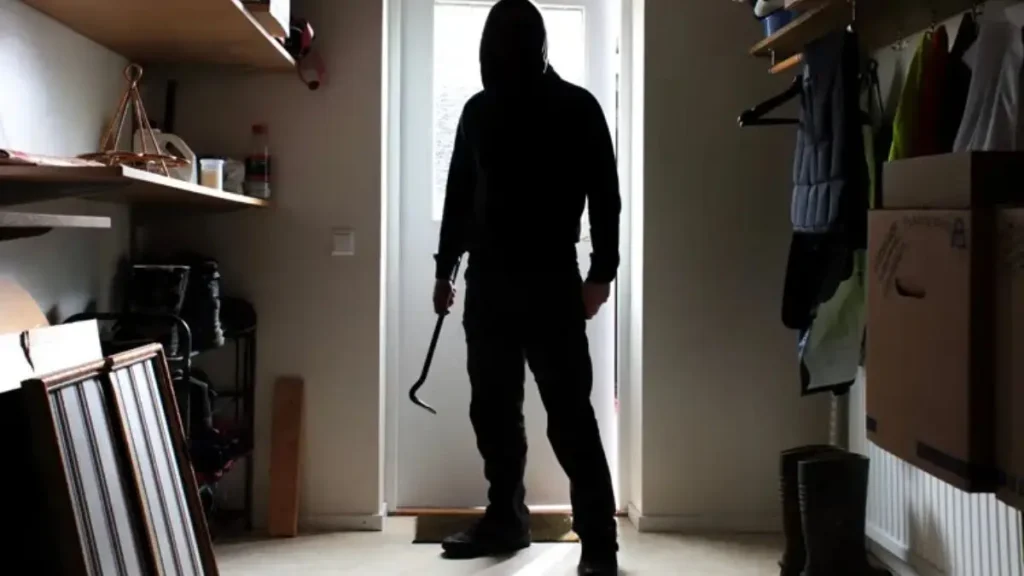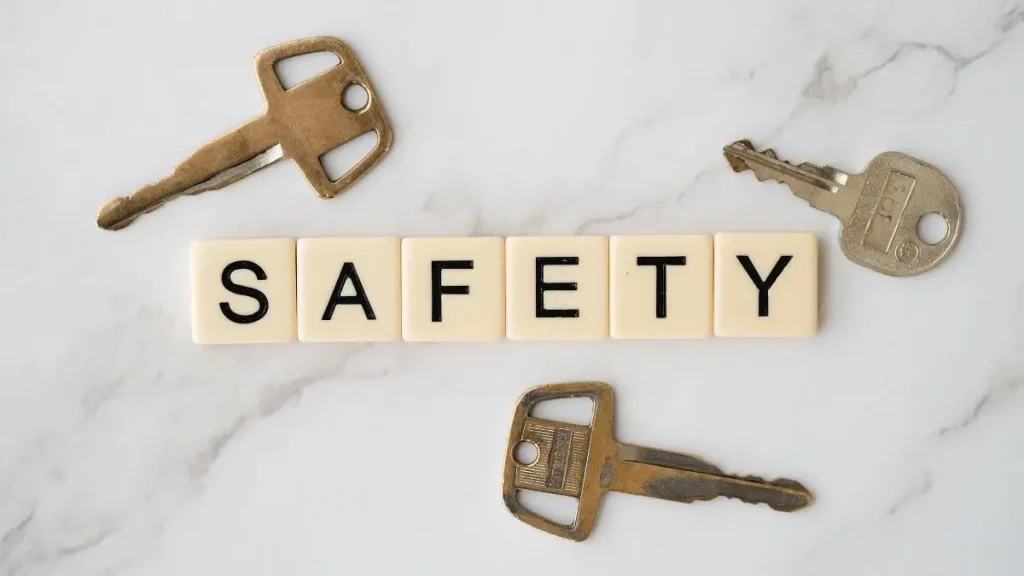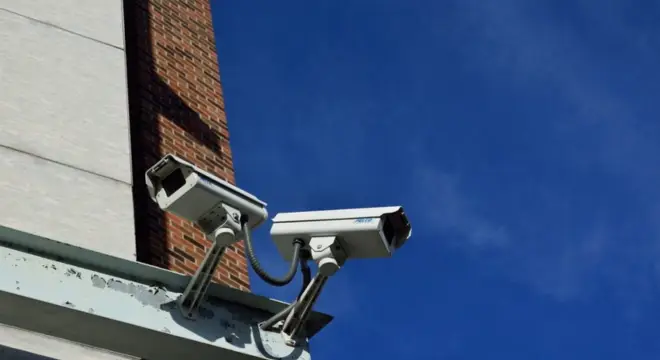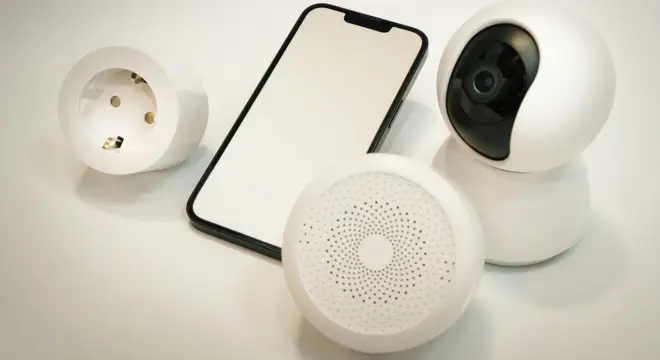California Family Home Ransacked – What Went Wrong with Their Security?
It was an ordinary day until it wasn’t. A family in Southern California returned home expecting peace and comfort, only to walk into a scene of devastation. Furniture overturned, drawers flung open, valuables missing—their home, once a safe haven, had been violated by unknown intruders.
Beyond the loss of material possessions, what was stolen that day was far more personal: their sense of safety. These are the moments that leave emotional scars deeper than any insurance policy can cover.
Incidents like these serve as a harsh reminder that home security isn’t just about alarms or locks—it’s about awareness, preparation, and closing the silent gaps we often overlook. The illusion of “it won’t happen to me” shatters in seconds when faced with the reality of a break-in. And the truth is, many of us may be unknowingly vulnerable.
The Incident That Left a Family Shaken

In a recent home invasion in Southern California, intruders broke into a family’s residence while they were away and turned the place upside down. When the family returned, they were greeted by chaos—belongings strewn everywhere, signs of forced entry, and the eerie feeling that strangers had roamed through the most private corners of their lives.
The emotional weight of such an experience lingers long after the glass is swept and the locks are changed.
As reported by KTLA News, the family was left stunned by the extent of the damage. While details about the exact method of entry or timeline haven’t been disclosed, the emotional impact speaks volumes.
The report captures a rising concern that even quiet, suburban neighborhoods are no longer immune to such incidents. The family’s distress is a reflection of a growing trend: a spike in home invasions where traditional notions of “safe areas” offer little protection.
A burglary crew ransacked a Southern California home, getting away with cash and jewelry and leaving the family, who were visiting a sick relative in the hospital, shaken. For Video & Details: https://t.co/a1HEXr5CJ4 pic.twitter.com/dUSlrHIxxy
— KTLA (@KTLA) April 24, 2025
The Hidden Truth — Your Home Might Not Be as Safe as You Think
Most homeowners trust that a basic alarm system, a good neighborhood, or even a loyal dog is enough to keep intruders away. But as incidents like this one reveal, burglars are no longer deterred by surface-level protection.
In fact, many of today’s home break-ins occur in middle-to-upper-class areas where residents assume their location alone offers some kind of invisible shield. That assumption, unfortunately, can leave them completely exposed.
Security is not just about physical tools—it’s a mindset. The biggest vulnerabilities often lie in small details: a poorly lit side entrance, outdated locks, a garage door that doesn’t fully close, or social media posts that unknowingly broadcast when you’re away.
Criminals don’t need a reason—they only need an opportunity. And in many cases, we give it to them without realizing. It’s not about being paranoid; it’s about being proactive.
Where the Security Failed — A Breakdown of Vulnerabilities
While the exact entry point in the Southern California home invasion hasn’t been publicly confirmed, patterns in similar cases suggest a number of likely weak spots. In many break-ins, intruders often gain access through side or back doors—areas that are typically less visible from the street and sometimes poorly lit.
Sliding doors, old locks, or garage side entrances are frequent targets, especially if not reinforced with updated security systems.
Another critical factor is visibility and timing. Burglars tend to strike when they believe a home is unoccupied. Subtle cues like an overflowing mailbox, packages left on the porch, or no lights on in the evening can send a clear message: no one is home.
In this particular incident, it appears the family was away long enough for the intruders to feel confident about not being interrupted. Combined with potential weaknesses in physical barriers—such as standard locks or easily bypassed alarms—the result was devastating.
This situation highlights how home security must go beyond the basics. It’s not just about locking doors anymore; it’s about layering protection in a way that deters, detects, and delays intruders before they get close. Think of it like building a security onion—each layer adds friction for potential criminals, increasing the chances they give up or get caught before they gain entry.
Home security is not only about physical locks but also about protecting yourself from smart scams. Learn how AI can put your home at risk in ‘Smart Scams: How Cybercriminals Use AI to Threaten Your Home‘.
What You Can Learn — Simple Improvements That Can Make a Big Difference

This incident is a stark reminder that home security needs to be proactive, not reactive. Below are some key improvements every homeowner should consider to strengthen their defenses:
- Install Motion-Activated Lighting: Bright lights around entry points like doors, garages, and backyards deter intruders by exposing them. Darkness gives them cover—take it away.
- Upgrade Your Door and Window Locks: Standard locks are often easy to bypass. Consider:
- High-security deadbolts
- Reinforced strike plates and door frames
- Window locks and shatter-resistant film
- Secure Sliding Doors: These are common weak points. Use:
- Metal or wooden bars in the track
- Anti-lift devices to prevent doors from being lifted off their rails
- Add Smart Surveillance Systems: Affordable camera systems now offer:
- Motion detection and phone alerts
- Two-way audio and built-in sirens
- Facial recognition and activity logs
- Automate Lights to Mimic Presence: Use smart plugs or bulbs to schedule lights when you’re away. Varying the times creates the illusion that someone is home.
- Don’t Advertise Absences on Social Media: Avoid posting travel updates in real-time. Criminals often scan platforms for easy targets.
- Reinforce Secondary Entry Points: Side garage doors, basement windows, and even attic entries should be checked and secured just like front doors.
- Use Yard Signs and Window Stickers: Alarm system signs—even fake ones—can deter opportunistic burglars.
Each of these small upgrades builds a stronger defense against intruders. The goal is to make your home a harder target so that someone looking for an easy opportunity will think twice.
Why This Case Feels Different — And What It Reveals About Today’s Threats
This Southern California break-in doesn’t just reflect an isolated crime—it echoes a larger concern among homeowners today. The fear is no longer confined to late-night alarms or urban settings. Invasions are happening in broad daylight, in quiet neighborhoods, often with little to no warning. Criminals are evolving, and so are their methods. They study routines, track online behavior, and sometimes even pose as service workers to survey a property unnoticed.
What makes this case especially unsettling is how ordinary everything seemed before it happened. There were no obvious red flags, no security alerts—just a normal day turned upside down. That element of unpredictability is what hits hardest. It reinforces the need to think beyond traditional threats and start treating home security as a layered strategy—not just a checklist.
More and more, we’re seeing reports like this where families experience not just loss of valuables, but a lasting sense of violation. That emotional damage often lasts longer than the physical cleanup. This case forces us to ask a difficult but necessary question: “If this happened to them… could it happen to me?”
Turning Fear Into Action — Your Home, Your Responsibility
Fear, when left unaddressed, leads to anxiety. But fear transformed into action becomes strength. The purpose of sharing incidents like this isn’t to scare people—it’s to empower them. While we can’t control the actions of criminals, we can control how prepared we are. Every homeowner has the ability to make their home harder to target, harder to enter, and easier to monitor.
Start by evaluating your current setup: When was the last time you checked all your locks? Are your security cameras functional—or just for show? Do your kids or family members know what to do if something feels “off”? These small self-checks add up. Make it a routine—not a reaction to tragedy.
And don’t wait for a scare to take action. Schedule that security consultation. Upgrade that one outdated door. Set up those lights you’ve been meaning to install. Because in today’s world, peace of mind isn’t a luxury—it’s a choice. And like all choices, it starts with you.
Conclusion
The break-in in Southern California highlights the importance of proactive home security. Simple steps like upgrading locks, installing motion-sensing lights, and using smart surveillance systems can make a significant difference in preventing intrusions.
Don’t wait for an incident to occur—take control of your home’s safety today. The best defense is always a good offense.
Visit our website for more tips and detailed guides on how to secure your home from potential intruders. Your safety is our priority!
Disclaimer: The information provided in this article is for general informational purposes only. While we aim to offer helpful security tips and suggestions, it is important to consult with professional security experts or service providers to assess your specific needs and vulnerabilities. We do not guarantee that implementing the outlined suggestions will prevent all security breaches. Always stay updated with the latest security practices and local safety guidelines.


